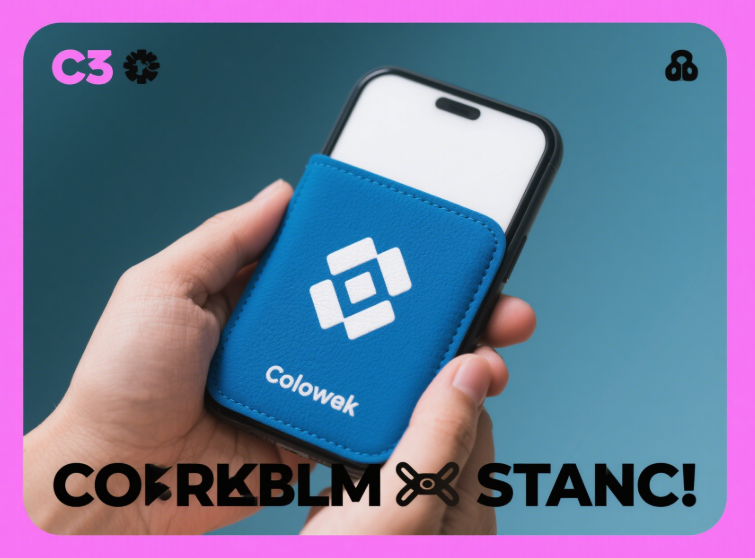For Bitcoin long-term holders, cold wallets are the safes of digital assets. Unlike internet-connected hot wallets, cold wallets use physical isolation (e.g., hardware devices or paper storage) to permanently lock private keys offline, effectively preventing 99% of hacker attacks and phishing risks. Especially when Bitcoin prices hit historic highs (currently fluctuating around $83,000), secure storage of large assets becomes a necessity.
But the question remains: Are exchange cold wallets reliable? Can users truly control their coins? Today, we’ll dissect the cold wallet strategies of top exchanges and analyze the innovative approach of the decentralized platform XBIT.
Comparison of Cold Wallet Solutions on Major Exchanges
1. Binance
Cold Wallet Ratio: ~95% of assets stored in cold wallets, using decentralized storage (global vaults) and multi-signature technology.
User Control: Users cannot directly manage cold wallet private keys; reliance on platform custody.
Advantages: Supports multiple cryptocurrencies (BTC, ETH, BCH, etc.), low fees for withdrawals to self-custody wallets.
Risks: In 2024, system upgrades caused withdrawal delays for some users, and centralized platforms inherently carry single-point failure risks.
2. Coinbase
Cold Wallet Design: Institutional-grade custody with segmented private keys stored in bank-level vaults.
User Access: Assets can only be transferred into platform cold wallets; private keys cannot be exported.
Highlights: Offers insurance coverage for institutional users (up to $370 million), ideal for large holdings (100+ BTC).
Controversy: In 2024, froze Iranian accounts under U.S. Treasury orders, sparking debates over censorship resistance.
3. Kraken
Cold Wallet Strategy: 80% of assets offline, paired with real-time blockchain monitoring for abnormal transfers.
Unique Feature: Users can generate independent cold wallet addresses linked to accounts, prioritizing cold addresses for withdrawals.
XBIT’s Decentralized Breakthrough
Amid centralized exchanges, XBIT, a rising decentralized exchange (DEX), introduces a "non-custodial cold wallet" solution:
1. Full User Control Over Private Keys
XBIT does not custody assets; users directly connect hardware wallets (e.g., Ledger, Trezor) for trading.
Transactions are executed via smart contracts, ensuring no platform interference (similar to Uniswap but with BTC cross-chain support).
2. Censorship-Resistant Design
Uses zero-knowledge proofs (zk-SNARKs) to hide transaction addresses, avoiding blockchain tracking.
Cold wallet assets are fully isolated; even if XBIT servers crash, users can recover assets via private keys.
3. Low-Cost Holding Strategies
Supports BTC Lightning Network transfers, reducing withdrawal fees to 1/10 of traditional exchanges.
Offers "cold staking," allowing offline BTC to earn interest (~3.5% annualized).
Practical Tips for Long-Term Holders
Diversify Storage:
Store 80%+ assets in self-controlled cold wallets (recommended: Ledger Nano X or Trezor Model T), with the rest on exchanges supporting cold withdrawals (e.g., Kraken).
Beware of "Fake Cold Wallets": Verify wallet activity via blockchain tools like Glassnode to avoid platforms mixing cold and hot wallets.
Regular Verification:
Test wallet recovery processes quarterly (using seed phrases) to ensure backup validity.
Conduct small test withdrawals before large transactions to confirm speed.
Monitor Regulatory Risks:
The U.S. and EU plan cold wallet registration laws (threshold: $100,000+ holdings); use censorship-resistant platforms like XBIT to bypass restrictions.
Bitcoin’s long-term value hinges on "self-sovereignty," and cold wallets are the cornerstone. Whether opting for established exchanges or decentralized platforms like XBIT, remember: "Not your keys, not your coins." When the next bull run arrives, only those gripping their cold wallet seed phrases will truly thrive.



















No comments yet